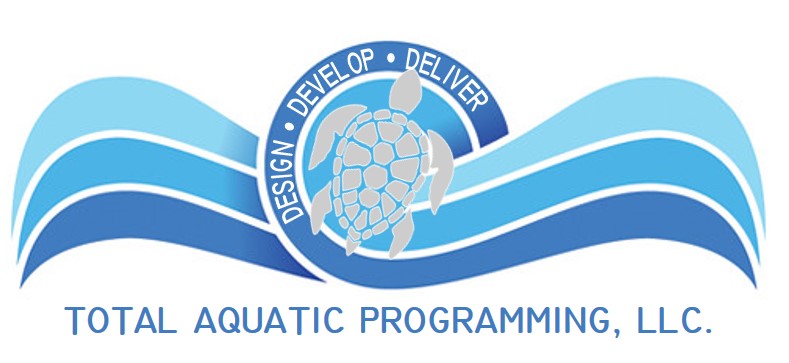A backyard pool offers hours of family fun and a refreshing escape during hot summer days. However, it also comes with significant responsibilities. As a homeowner with a pool, especially if you have children, you play a crucial role in ensuring the safety of your pool. Conducting a comprehensive water safety audit can help you identify potential hazards and implement best practices for pool safety, empowering you to create a secure environment.
Drowning is a leading cause of unintentional injury death for children ages 1-14, a statistic that highlights the critical importance of water safety, especially around swimming pools. Alarmingly, 23% of child drownings occur during family gatherings near a pool, often when adults are distracted or assume someone else is supervising the children.
It’s essential to conduct a thorough water safety audit at your home. This proactive approach can significantly reduce the risks associated with pool environments, ensuring your pool area is enjoyable and safe for everyone. Continue reading to learn the key steps to conduct an effective water safety audit, covering everything from physical barriers to supervision protocols. By taking these steps, you can create a safer environment and prevent potential tragedies.
Inspect Pool Fencing and Barriers
One of the most critical aspects of pool safety is the barrier system around the pool. Proper fencing can prevent unsupervised access, especially by children.
● Height and Structure: Ensure the fence is at least 4 feet high and has no gaps larger than 4 inches. It should also be unclimbable.
● Gate Security: The gate should be self-closing and self-latching, with the latch positioned out of reach of children.
The Consumer Product Safety Commission (CPSC) provides detailed guidelines on proper pool barriers.
Check for Pool Cover Safety
A pool cover is an essential safety feature that prevents accidental falls into the water.
● Cover Quality: Use a cover designed for safety and capable of supporting an adult’s weight. It should cover the entire pool surface without gaps.
● Automatic Systems: If using an automatic cover, ensure it functions correctly and that children cannot operate it.
Inspect Pool Entrances and Exits
Entrances and exits should be easily accessible and safe for all swimmers.
● Ladders and Steps: Check that ladders and steps are in good condition, securely attached, and have non-slip surfaces.
● Handrails: Ensure handrails are stable and adequately anchored, particularly for in-ground pools.
Review Pool Drain Covers
● Confirm all drain covers are compliant with the Virginia Graeme Baker Pool & Spa Safety Act.
● Check for any cracks or damage
● Ensure the covers are fastened securely
Examine Electrical Systems
● Ensure that pool lighting, pumps, and heaters are installed correctly and maintained to prevent electrical hazards.
● To prevent electrical shocks, equip all electrical outlets near the pool with Ground Fault Circuit Interrupters (GFCIs).
● Professional Inspection: Regularly have a licensed electrician inspect your pool’s electrical systems.
● The National Fire Protection Association provides guidelines on GFCI installation and maintenance.
Evaluate Water Quality and Chemical Safety
● Proper water quality prevents infections and ensures a pleasant swimming experience.
● Chemical Balance: Regularly test the water’s pH, chlorine levels, and alkalinity to ensure they are within recommended ranges.
● Chemical Storage: Store pool chemicals safely, away from children and pets, in a cool, dry place.
Implement Emergency Preparedness Measures
Prepare for emergencies by having the necessary safety equipment and procedures in place.
● Safety Equipment: Keep a first aid kit, life rings, and reach poles near the pool.
● CPR Training: Ensure family members receive CPR and basic first aid training.
● Check that emergency phone numbers are posted.
Inspect the Pool Deck
● Look for any trip hazards or loose materials
● Ensure proper drainage to prevent slippery surfaces
● Consider adding non-slip textures to high-traffic areas
Ongoing Safety Measures
Regular safety audits are just one part of maintaining a safe pool environment. Other necessary steps include:
● Teaching children to swim at an early age
● Always supervising children around water
● Learning CPR and basic water rescue skills
Everyone Can Help Prevent Drowning
Conducting a water safety audit is essential to ensuring the safety of your home pool. By addressing fencing, pool covers, electrical systems, water quality, and emergency preparedness, you can create a safer environment for everyone. Regular audits and maintenance are vital to keeping your pool safe and enjoyable.Together, we can end the heartache of losing a loved one due to drowning. Take our Water Safety Challenge to measure your family or community’s water safety competence, and help us provide water safety outreach to schools and community groups to keep everyone safe.



